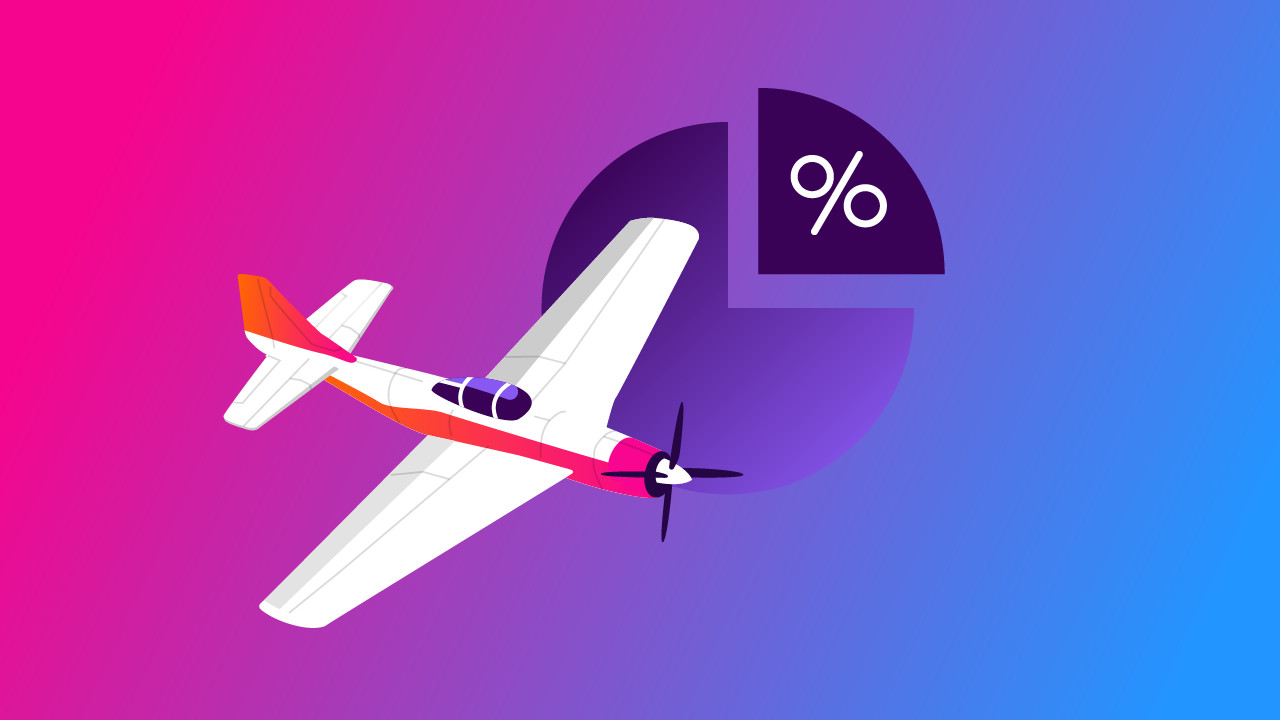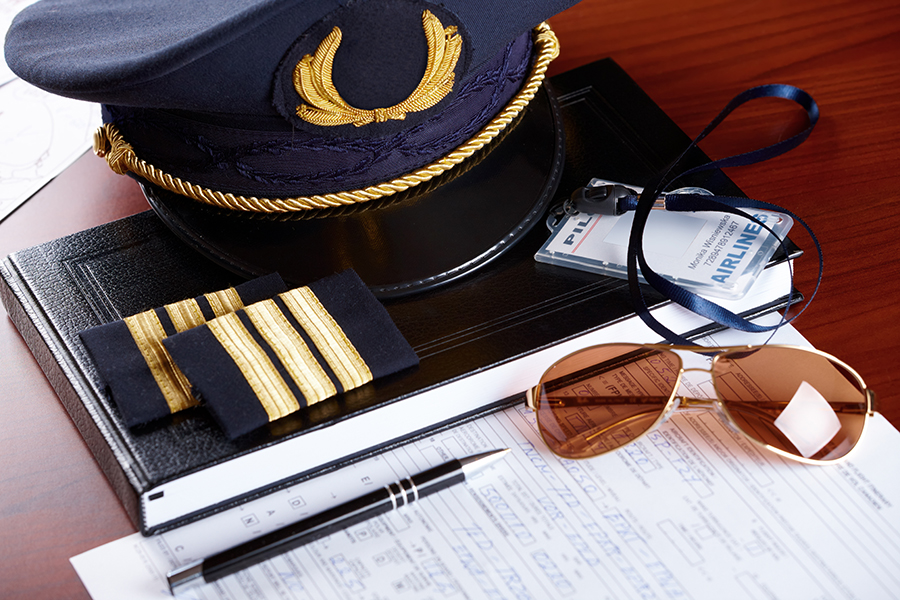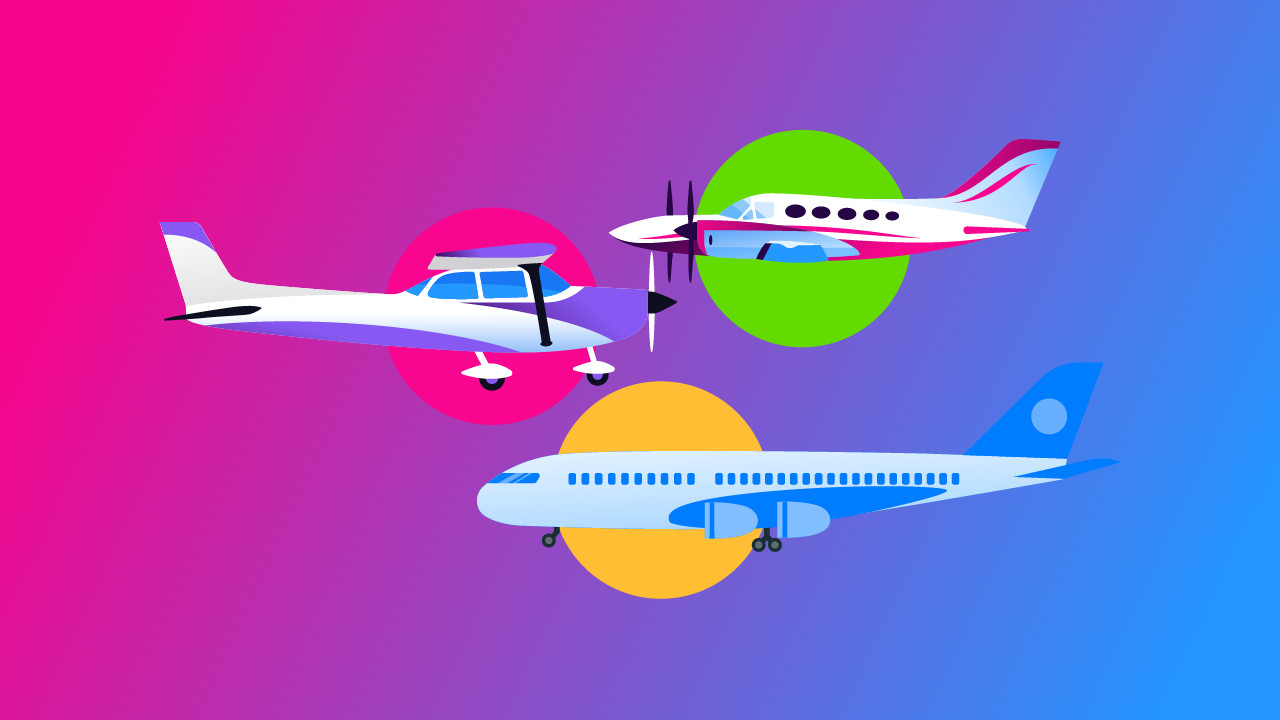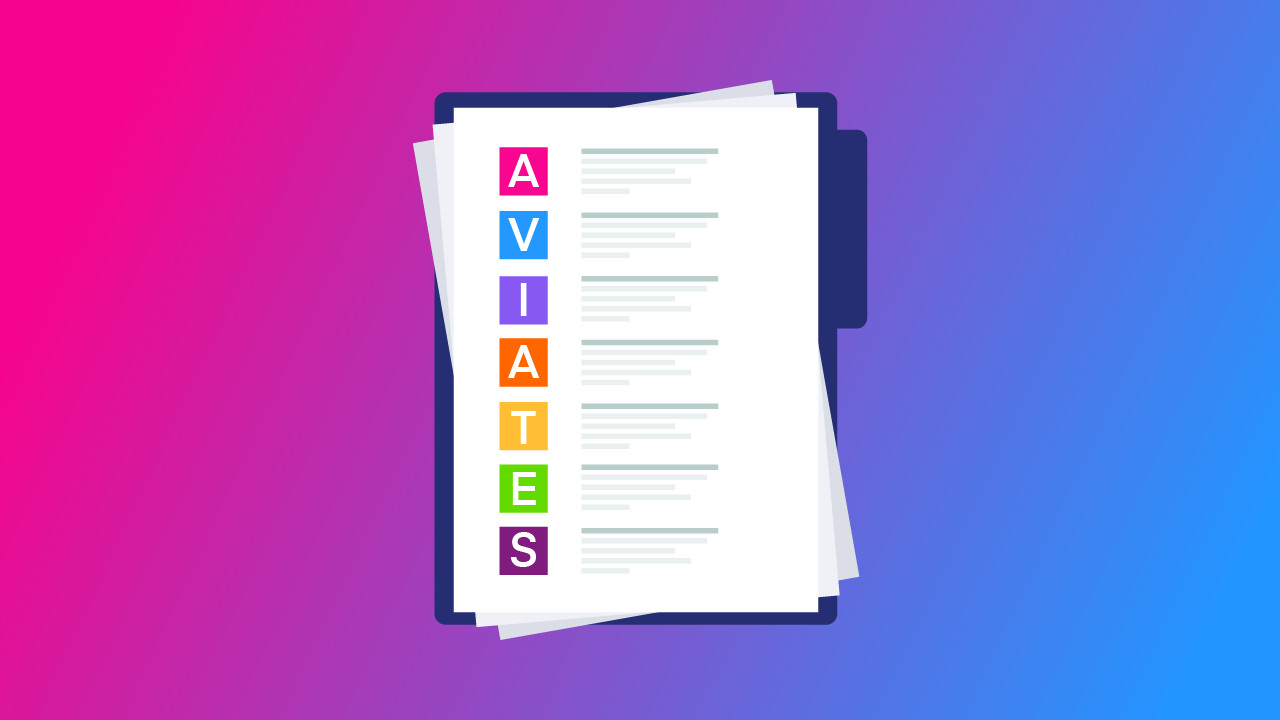-
Key Takeaways
-
What Is the Pro Rata Share in Aviation?
-
FAA Regulations on Pro Rata Share for Private Pilots
- No Profit Allowed
- Common Purpose
- Expense Limitations
- Pilot's Share
- Passenger Limits
- No Holding Out
- Comply With FAA Regulations
-
How to Calculate Pro Rata Share Costs for Your Flight
- Pro Rata Share Costs Calculation
-
Examples of Pro Rata Share Scenarios
- Flying Club Rental
- Multi-Leg Journey
- Canceled Passenger
- Fly Safely With Friends and Family
-
Conclusion
As a private pilot, you may want to share the joy of flying with friends or family. But, there’s a catch—FAA regulations say you can’t treat your passengers like paying customers.
Instead, you have to split the direct flight costs equally under what’s called the pro rata share. If you’re renting an airplane or using your own, you need to know the rules. If you don’t know them, you could face some serious penalties.
Don’t worry, though; this guide will explain the pro rata share. It will cover its relevance to your flying adventures and its importance.
Let’s begin!
Key Takeaways
- Pro rata share in aviation refers to the equal division of flight costs among passengers.
- FAA regulations strictly prohibit private pilots from making a profit with shared flights.
- To calculate pro rata share, you divide allowable costs by the number of occupants.
- Real-life examples included will show how to properly apply pro rata share principles.
What Is the Pro Rata Share in Aviation?
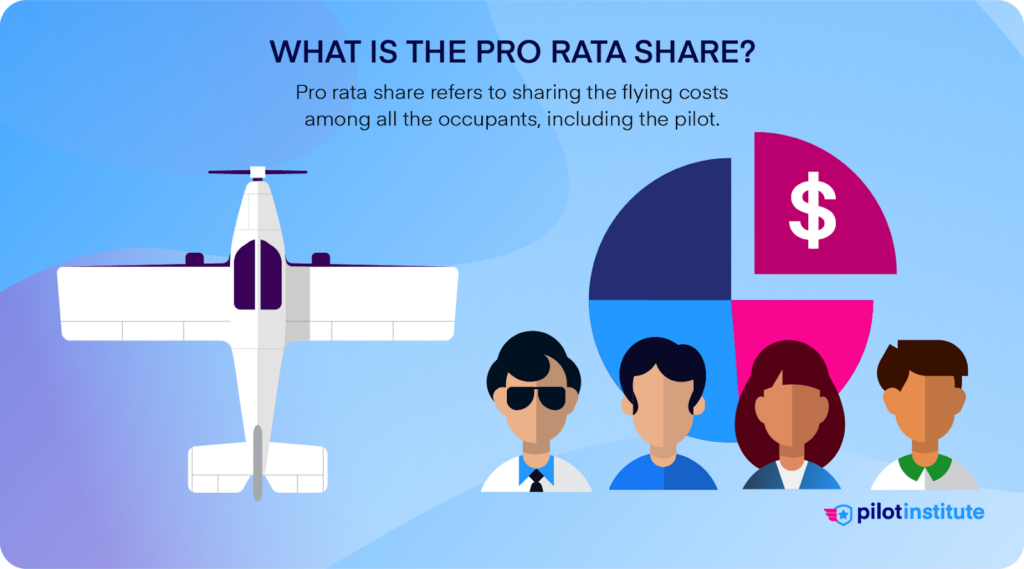
In aviation, pro rata share refers to sharing the flying costs among all the occupants, including the pilot. This regulation permits private pilots to share the flight costs with their passengers without violating the laws set by the FAA.
For private pilots, pro rata share is more than just a convenient way to split costs—it’s a legal requirement. The FAA permits private pilots to prorate some of the flight costs and recover the expenses from their passengers; however, this comes with a condition.
The pilot must be willing to cover an equal share in the costs of the flight. This ensures that private pilots do not accidentally assume the role of a commercial operator who earns money from their flights.
Pro rata share also applies to other aspects of the flight, such as fuel, oil, airport fees, and aircraft rental. By dividing these costs equally, everyone contributes their fair share for the flight.
FAA Regulations on Pro Rata Share for Private Pilots
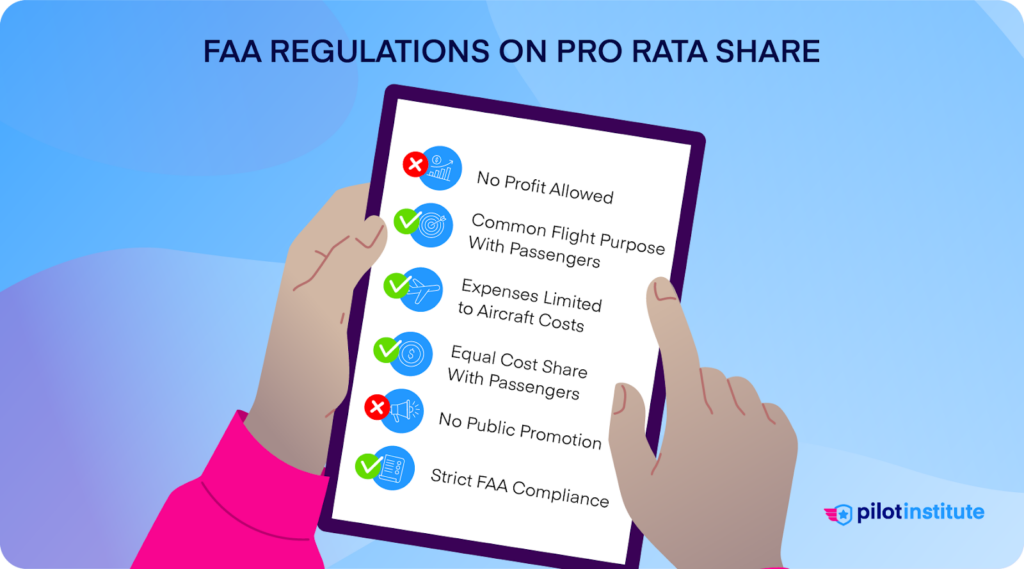
The FAA has established strict regulations on how private pilots can share flight costs with their passengers. These rules provide a clear separation between private and commercial operations.
Here’s what you need to know:
No Profit Allowed
The most important rule is that you cannot profit from shared flights. This includes money, gifts, or any other type of compensation for flying the aircraft. Also, the total amount collected from passengers must not exceed the operating costs.
Common Purpose
The FAA mandates that the pilot and passengers share a common purpose for the flight. Most importantly, you must have a reason for the trip and not just to transport passengers. For example, you’re flying with friends to watch a baseball game in Boston.
Expense Limitations
Pilots and passengers can only share certain operating expenses.. These usually include fuel, oil, airport fees, and aircraft rental costs. Under no circumstances, can you include hotel stay or ask for other benefits.
Pilot’s Share
The pilot must contribute an equal share of the allowable expenses. For instance, if there are four people on board, you must cover at least 25% of the costs. However, you can pay more than the equal share if you wish.
Passenger Limits
The FAA has not set any restrictions on the number of passengers as long as you meet the aircraft weight and balance requirements. But, you cannot promote your services or provide transportation for people or cargo.
No Holding Out
Private pilots cannot promote their services to the general public or function as a charter service. This restriction extends to social media and online forums. You can only organize flights with friends, family, or close acquaintances.
Comply With FAA Regulations
Flying can be an exciting and rewarding experience, but it often comes with a significant cost. As a private pilot, sharing the expenses of a flight with friends and family can make aviation more accessible and affordable.
This is where the concept of “pro rata share” comes into play. Failing to comply with FAA regulations can have serious consequences, including fines, suspension, or revocation of your pilot’s license. That’s why you must fully understand and follow the pro rata share rules.
How to Calculate Pro Rata Share Costs for Your Flight
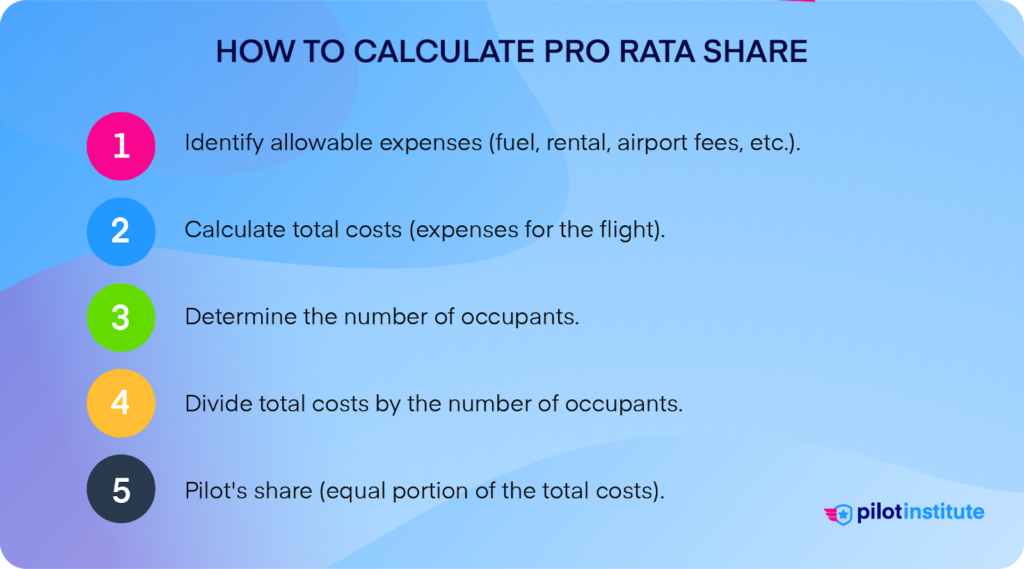
Calculating the pro rata share for a flight might seem challenging at first, but it’s actually quite simple. Here’s a step-by-step guide to help you figure out the right cost-sharing arrangement:
1. Identify allowable expenses:
- Fuel and oil costs
- Aircraft rental fees (if applicable)
- Airport fees (landing fees, parking, etc.)
- Navigation and chart fees
2. Calculate total costs: Add up all the allowable expenses for the flight.
3. Determine the number of occupants: Count the total number of people on board, including you.
4. Divide total costs by the number of occupants: This gives you the pro rata share per person.
5. Pilot’s share: The pilot must pay at least an equal portion of the total costs.
Pro Rata Share Costs Calculation
Let’s walk through an example:
Suppose you’re planning a flight with three passengers (four people total, including you). Here are the costs:
- Fuel: $200
- Oil: $20
- Aircraft rental: $300
- Airport fees: $40
- Total cost: $560
To calculate the pro rata share:
$560 ÷ 4 = $140 per person
In this case, each person (including you) would pay $140 for the flight. You cannot charge any passenger more than this amount.
Remember to do these calculations before the flight. It’s also recommended that you keep receipts and records of all shared expenses.
Examples of Pro Rata Share Scenarios
By following this guide, you can make shared flight trips while staying compliant with FAA regulations. To demonstrate how pro rata share works in real-life situations, let’s look at a few practical examples.
Flying Club Rental
In this example, you rent an aircraft from a flying club for a day trip with two passengers. The club charges $150 per hour for the aircraft, and the trip lasts 3 hours. Additional costs include $180 for fuel and $30 for airport fees.
Total costs: (3 x $150) + $180 + $30 = $660
Pro rata share: $660 ÷ 3 = $220 per person.
Multi-Leg Journey
Let’s say you plan a trip with three passengers (A, B, and C) that includes stops at three different airports.
The costs break down as follows:
- Leg 1: $300
- Leg 2: $250
- Leg 3: $350
If Passenger A flies Leg 1, and Passengers B and C continue for Legs 2 and 3, you can split the costs as follows:
Leg 1
Split between you, Passengers A, B, and C (four-way split).
$300 ÷ 4 = $75 per person.
Leg 2 and 3
Split between you, Passenger B, and C (three-way split).
($250 + $350) ÷ 3 = $200 per person.
Pro rata share:
Pilot: $75 + $200 = $275
Passenger A: $75
Passengers B and C: $75 + $200 = $275 each.
Note: Passengers share costs only for the portion they fly on for multi-leg journeys.
Canceled Passenger
In this scenario, four people (including you) plan a flight with a total cost of $600. At the last minute, one passenger cancels. You must recalculate the pro rata share based on the new number of occupants.
Pro rata share: $600 ÷ 3 = $200 per person.
The remaining two passengers and you will now have to each pay $200 and not $150 as originally planned.
Fly Safely With Friends and Family
These examples highlight the flexibility and fairness of the pro rata share. Always discuss and agree on the pro rata share arrangement before taking off. This helps prevent misunderstandings and guarantees a positive experience for all parties involved.
Conclusion
Flying with friends is a perk of being a private pilot. But, you must follow the FAA’s pro rata share rules to stay legal.
You can share direct costs, like fuel and airport fees. This lets you enjoy these shared flights without crossing into commercial territory.
Just remember, not all expenses can be split. Also, you can’t advertise these flights to the public.
Knowing the difference keeps your flight legal and enjoyable for all aboard!
